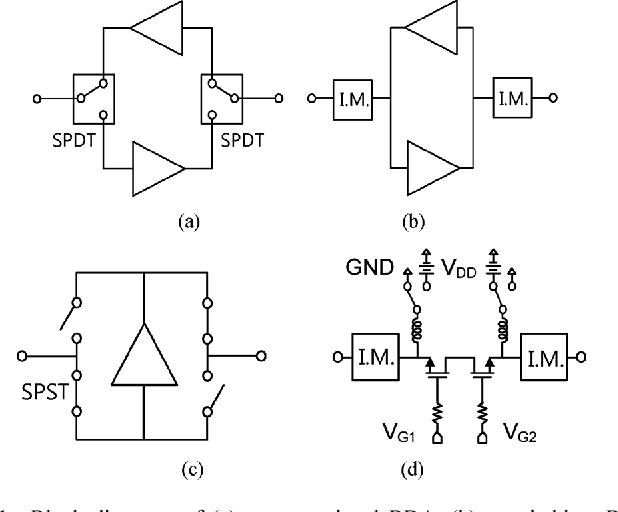Georgia Tech inventors have developed a chip with the general purpose of loss compensation for 5G beamforming elements in phased-array. On-chip transformer-based input/output baluns (a type of signal transformer) are included in the design for single-ended measurement and characterization. Conventional switchless BDA’s include two amplifiers with shared input/output matching networks or contain two closely placed single-stage cascode amplifiers. This invention proposes a BDA with two cross-coupled differential CE pairs with equal transistor size. In comparison to previous models, this BDA takes advantage of the OFF amplifier to enhance the performance of the ON amplifier, making it more efficient.
- Reverse isolation, higher gain, and better stability at millimeter-wave frequencies
- Doesn’t require high supply level
- Efficiently meets bandwidth and mobile data demand
- Compensates the loss of passive beamformers
- Mobile data suppliers
- Wireless networks
The increase of mobile data bandwidth demand and use of connected electronic devices presents numerous challenges in the telecommunication industry. The amount of IP data handled by wireless networks is expected to increase, prompting many industries to transition from 4G LTE systems to fifth generation (5G) wireless technology. It is generally agreed that millimeter-wave beamforming will be one of the key technologies to establish high data-rate communication links, but there is debate to establish the best solution to prevent a high loss in passive beamformers.

